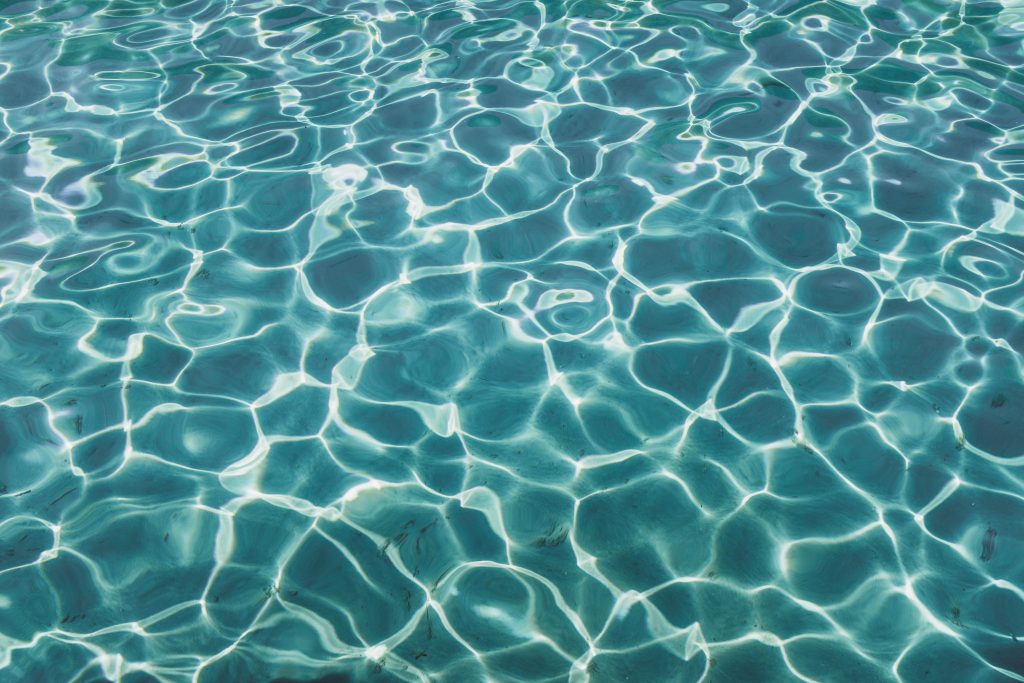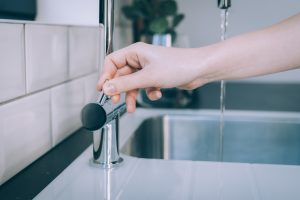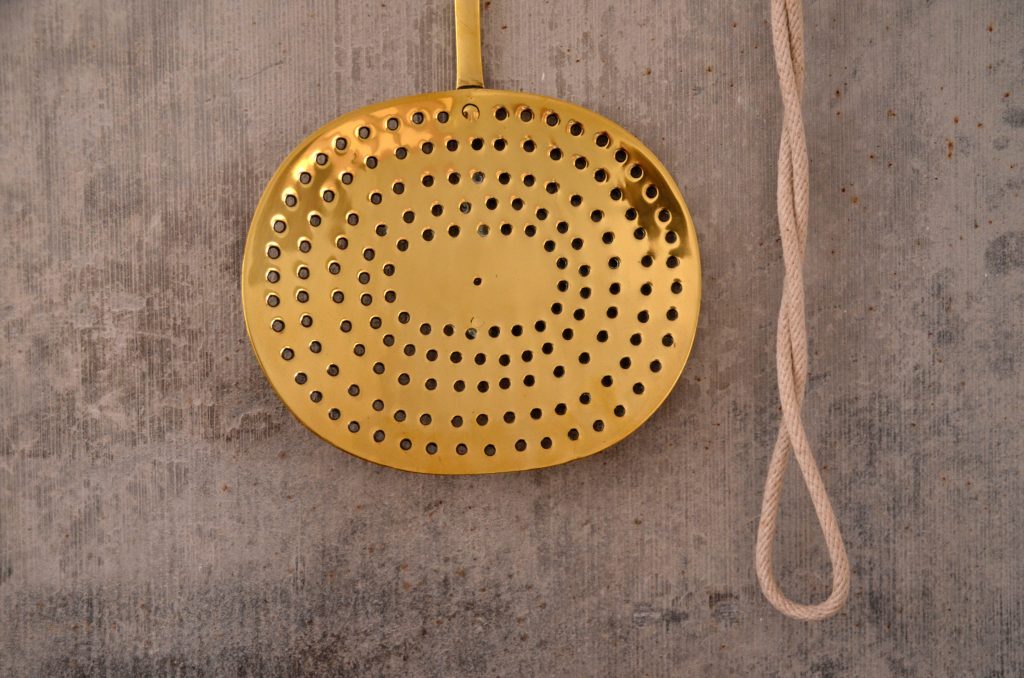Water filtration skeptics are quick to make the argument that reverse osmosis wastes water. But is this really the case? In this post, we’ll take a close look at this question to figure out where skeptics are right and where they’re wrong.
Why Does Reverse Osmosis Waste Water? The Basics
As you’ll see by the end of this article, the idea of reverse osmosis waste water isn’t a total myth but rather a misleading claim and exaggeration of facts.
Reverse osmosis is a process through which water gets forced through a series of extremely fine membranes. Water’s composition allows it to pass through these membranes, leaving larger particles (contaminants like heavy metals, sediment, etc) behind.
Where does reverse osmosis waste water fit into the equation? Well, something has to wash all those contaminants away. Water happens to be a fairly useful substance for washing things.
Reverse Osmosis Waste Water Ratio
For every gallon of purified water your reverse osmosis system produces, it will likely have used roughly four gallons.
There are several factors affecting exactly how much water your reverse osmosis system “wastes,” though. One of the most important is water pressure; anything below 35-40 PSI will be less efficient.
Another factor is your reverse osmosis filter’s condition. Worn out valves will cost you efficiency, too, while a well-maintained system keeps discharged water to a minimum.
Through these and other measures (such as reusing the discharged water), you can reduce the reverse osmosis waste water ratio drastically.
Why The Reverse Osmosis “Waste Water” Argument Is Misleading
Misinformed naysayers who claim (despite ample evidence to the contrary) that municipal tap water is perfectly safe to drink are quick to pounce on the idea of reverse osmosis systems being highly wasteful and inefficient.
This is misleading for several reasons.
Firstly, reverse osmosis systems in Phoenix, AZ and many other American cities are crucial for your health, much like showering and cleaning your dishes. Your home’s water supply is the tool you use for these activities. In the process of completing these tasks, water will inevitably be spent.
This is a good way to look at water filtration systems. They don’t waste water, they use it.
Keep in mind that we’re referring to reverse osmosis on a residential scale here. On larger industrial scales (reverse osmosis is, for example, used in desalination), reverse osmosis waste water is a concern for the environment. Of particular concern is what happens to the discharge water at these scales.
How Much Water Does Reverse Omsosis Waste & How Can You Minimize It?
Earlier, we hinted at a few strategies for minimizing the amount of water your reverse osmosis filter discharges. In this section, let’s take a closer look at these and more strategies.
#1. Recycling Discharged Water
There are several ways to “recycle” discharged water. Some filters recirculate discharge water, continually using it in the filtration process. This can lead to increased wear and tear on the filter, however, so it’s not necessarily the best option.
Another way to recycle discharged water is to funnel it to a hot water faucet or some other fixture from which you don’t require pure water.
If you go with this second option, you’ll want to remember that reverse osmosis discharge water contains a higher concentration of impurities. As such, its usefulness is limited.
#2. Check Your Water Pressure
As mentioned earlier, low water pressure can result in higher levels of reverse osmosis discharge water. Check out this article for detailed instructions on checking your home’s water pressure.
If it’s well below the ideal 35-40 PSI range, check your pressure reducing valve (find instructions for this in the above article as well). If everything looks fine there, get in touch with your local water authority to find out if there are pressure issues at their facilities.
#3. Perform Regular Maintenance On Your Reverse Osmosis Filter
Reverse osmosis filters aren’t “set it and forget it” products. They’re not high-maintenance either; you just need to check on them every once in a while.
First things first, get familiar with your system. Most good reverse osmosis filters (including the ones we sell) use as many as five stages. Each stage has a different types of filter designed to catch different types of particles.
Reverse osmosis membranes can last as long as two years but most other filters (including sediment, carbon, and polishing) should be changed roughly every year or so.
When you change these filters, you should also take the opportunity to give the entire system a good cleaning. Remove all filters (keep the housings in place) and then pour one cup of hydrogen peroxide into the filter. Then, let it run through at least two cycles.
When you take good care of your reverse osmosis filter, it will not only waste less water but last longer as well; it’s not unusual to see a well-cared-for filter last as long as 15 years.
Is Reverse Osmosis Worth The Added Cost?
There would always be disadvantages in water filtration systems and any systems in general, it’s the same as when you experience water heater problems in your home. Even with the above precautions in mind, there’s no denying that you will have some discharge water with your reverse osmosis system. Is it worth the added cost?
Well, let’s first take a look at what the added cost actually works out to.
Tap water is a bit cheaper than many people realize. As we discussed in this article, tap water in Arizona costs about $0.007 per gallon. Based on our calculations in that piece, you’ll likely spend around $1.21 per person, per year with a reverse osmosis system, assuming you have an efficient filter such as that of Big Blue and you take care of it regularly.
For comparison, bottled water — which many people use as an alternative to filtering their tap water — costs $1.22 per gallon. That’s right; one gallon of bottled water will cost you more than an entire year’s supply of reverse osmosis water, even accounting for discharge water. T
Things get even more ridiculous if you’re buying individual bottles of water. In that case, you’ll spend $7.50 per gallon, according to Business Insider.
By now, it should be abundantly clear that reverse osmosis is the economical option, even when you consider the costs of discharge water and maintenance.
As for the environment? It doesn’t get much more disastrous than bottled water. Reverse osmosis filters, meanwhile, don’t use any electricity and are very sustainable at residential levels.
How Much Water Do Reverse Osmosis Systems Waste? Conclusion
You’ve probably heard that the reverse osmosis waste water ratio is 4:1. In other words, these systems use four gallons of water to purify one.
While this is accurate from a numerical standpoint, we hope this article has shown you that saying reverse osmosis systems are wasteful is a bit misleading.
For one, there are several widely-used strategies for bringing that ratio down. More importantly, however, reverse osmosis systems don’t “waste” water any more than washing your hands or showering does.
A better outlook is to view your tap water as a tool that you can use (not waste) to improve your health and quality of life. It also happens to be a very cheap and environmentally-friendly tool, which is why we’re so adamant about the benefits of reverse osmosis.
If you live in the Phoenix, Arizona area and would like to learn more about installing a reverse osmosis filter, give us a call. We’ve been operating in the Phoenix area for more than 30 years, from fixing the water backing up into your tub to installing water filtration systems. We’d love to give you a hand!
Also check out 5 Awesome Things to Do in Glendale, Arizona and 4 Amazing Facts About Glendale, Arizona.
Frequently Asked Questions
What do you do with waste water from reverse osmosis?
Some people use reverse osmosis waste water to water their plants, mop floors, clean dishes, flush toilets, and pre-rinse laundry. As long as you’re not drinking the water afterwards (since it typically has a higher percentage of contaminants compared to purified water), you’re good to go.
Why is there waste water in reverse osmosis?
The water isn’t being “wasted” per se; rather, it’s being used to create the high pressure required for the reverse osmosis process. Much like you wouldn’t say taking a bath is “wasting water,” it’s not completely accurate to describe reverse osmosis runoff as “waste.”
Can RO waste water be used for cooking?
Because of the higher-than-normal levels of contaminants in reverse osmosis waste water, it’s not generally recommended that you use it for cooking.
Is RO waste water good for bathing?
The high concentration of contaminants make RO waste water unsuitable for bathing as well. You should really only use it for watering plants or cleaning.














